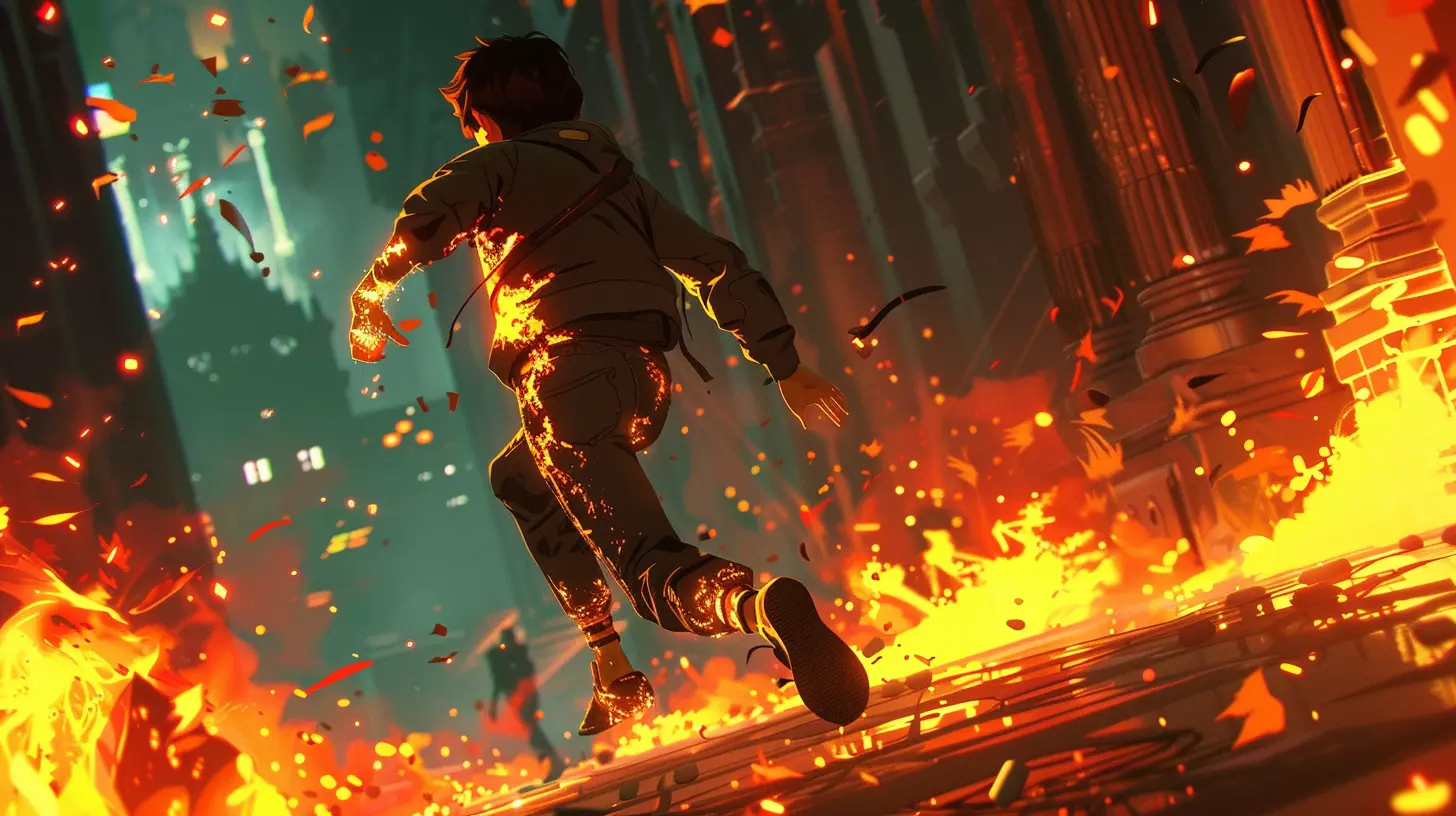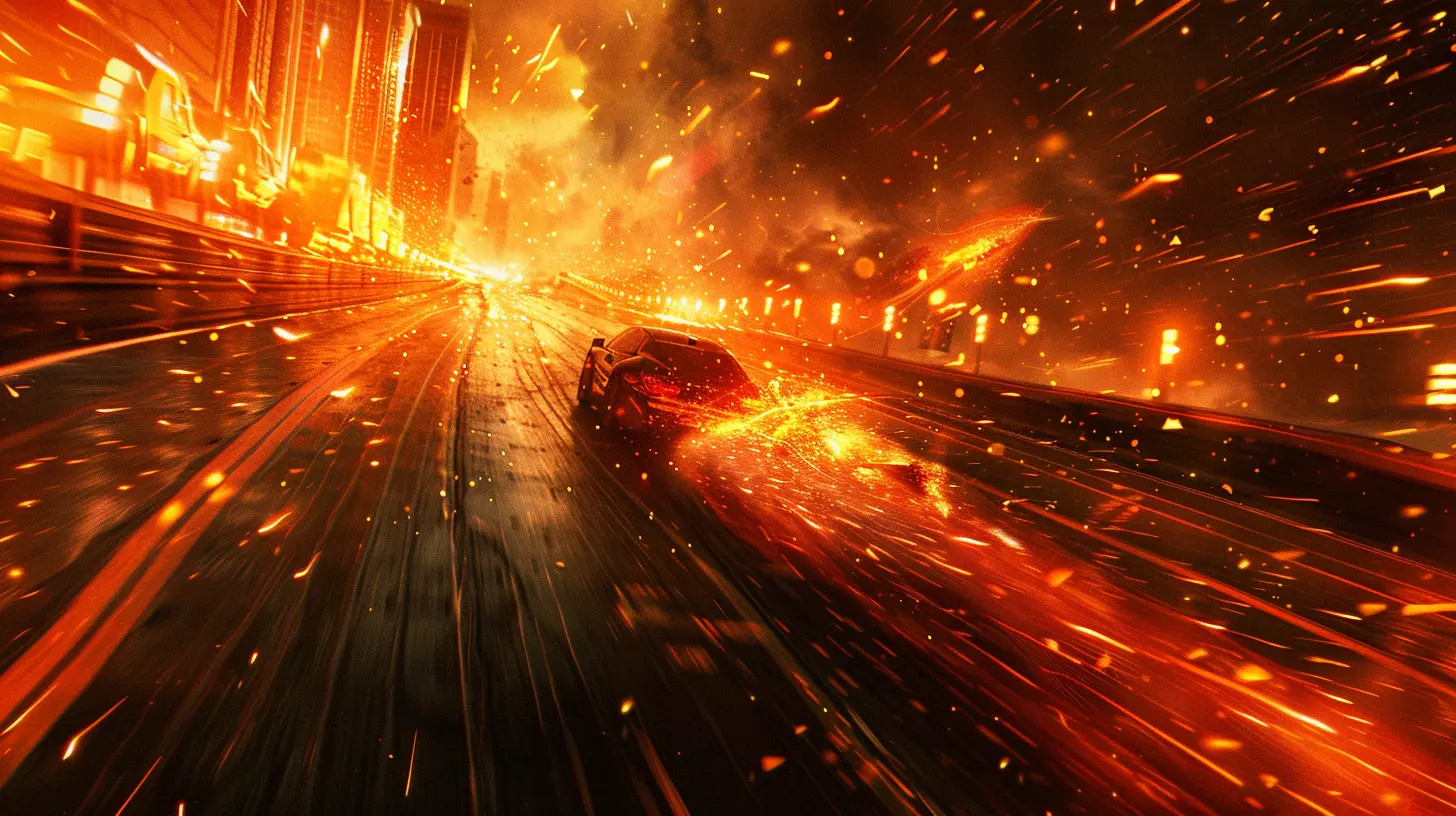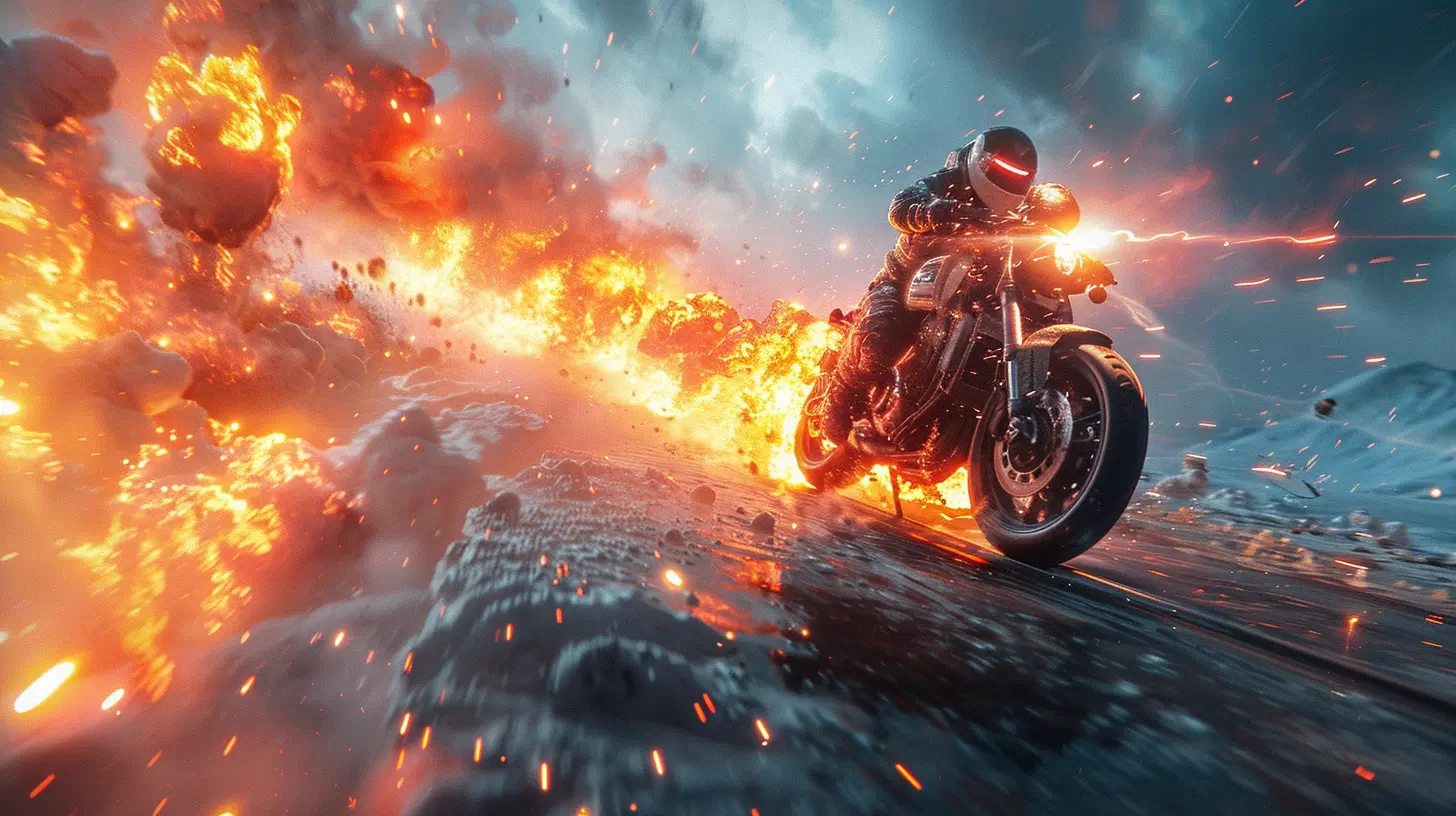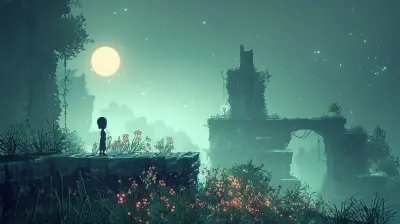Initial Pace of the Game: Slow Burn or Instant Action?
21 September 2025
When you fire up a new game, what gets your heart racing? A cinematic explosion leading straight to a high-speed chase? Or the slow, deliberate build-up of a mysterious world begging to be explored? The initial pace of a game—how quickly or slowly it throws you into the action—can define your experience, set expectations, and even determine if you’ll stick around or hit that uninstall button.
In this deep dive, we’ll break down the pros and cons of slow burns vs. instant action, examine how different genres handle pacing, and ask the ultimate question: which works better—and more importantly, why?
Understanding Game Pacing: Why the Beginning Matters
Ever heard the phrase “You never get a second chance to make a first impression”? That applies to games, too. The first 10-15 minutes of gameplay are crucial. They don’t just introduce mechanics; they set the mood, tease the story, and try to hook you emotionally and mechanically.But here's the twist: not all games need to start with a bang. And not all slow starts are boring. It’s about how the pacing fits the overall vision of the game.
The Role of Genre in Pacing
Different genres have different expectations. Compare a battle royale to a sprawling RPG. One throws you into chaos with a frying pan and a prayer, the other might start with a five-minute prologue about ancient wars and mythical creatures.- Shooters & Action Games: Often lean toward fast intros. Players expect adrenaline from the get-go.
- Story-Driven RPGs & Simulators: More likely to ease you in with lore, character creation, and world-building.
- Horror Games: Typically begin slowly, building tension before unleashing chaos.
- Open World Sandboxes: May throw you into the action or let you wander aimlessly—it really depends on style and substance.
So really, context is key. It’s not just about how fast or slow the intro is—it’s how well it fits the game’s design.
The Case for Instant Action
Hook Me or Lose Me
Let’s be real. We live in the age of short attention spans. If a game doesn't do something interesting in the first few minutes, a lot of players will move on. Instant action is like the gaming equivalent of a movie trailer that drops you right into the most intense scene.Games like Doom Eternal or Call of Duty don’t waste time. You're running, gunning, and exploding heads within minutes. That kind of pacing hits hard and stays memorable.
The Pros:
- Instant Gratification: Great for players who want excitement immediately.- Quick Learning Curve: You learn as you go by doing, not reading tutorials.
- Keeps Momentum High: Perfect for pick-up-and-play gaming styles.
But Hold Up—It’s Not Always Perfect
When everything is action-packed from the get-go, there’s a risk of burnout. You can’t go from 0 to 100 and expect to maintain that level. Also, if the story takes a backseat in the rush to get to the gameplay, narrative lovers might feel left out.
The Slow Burn Approach
Building Worlds, Not Just Battles
Now let’s talk about games that take their sweet time. Think of Red Dead Redemption 2 or The Witcher 3. These games start with prologues and tutorials that can feel more like short films than games. But that’s the point. You're meant to sink into their worlds, not just visit for a quick thrill.Slow burns are great for games relying on mood, story, or immersion. It’s like reading a novel—you don't want chapter one to spoil the climax, right?
The Pros:
- Deep Emotional Investment: You get time to know the characters and care about them.- Rich World-Building: The setting becomes a character in itself.
- Sense of Discovery: Slow reveals heighten curiosity and reward patience.
But There’s a Catch
Slow burns can be risky. If the pacing feels like a drag rather than deliberate storytelling, players might check out early. There’s a fine line between “this is getting interesting” and “is anything ever going to happen?”
Real World Examples: Who Does It Best?
Instant Action Wins
- DOOM (2016) / DOOM Eternal: Drops you straight into the demon-slaying mayhem. No backstory, just a shotgun and rage. It sets the tone instantly.- Left 4 Dead Series: Boom, you’re fighting zombies. No setup needed—just survival.
- Titanfall 2’s Campaign: One of the rare games that balances instant action with a compelling narrative buildup.
Slow Burns That Pay Off
- The Last of Us (2013): A slow intro that builds into one of gaming’s most emotional gut punches.- Red Dead Redemption 2: Starts with a cold, snowy tutorial, easing you into its mechanics and characters. By the time the action ramps up, you’re fully invested.
- Death Stranding: Takes its sweet time introducing you to...well, whatever it is you’re doing. But for fans, the slow pace adds to the mystery and depth.
Striking the Balance: Middle Ground Isn’t a Bad Thing
Some of the best games don’t fully commit to either style. They blend slow narrative intros with bursts of action, gradually ramping up pacing as things unfold. This approach can serve both gameplay junkies and story seekers.Take Assassin’s Creed: Odyssey—you get a quick fight scene at the beginning, then a slower story-driven intro before the world opens up. It’s dynamic pacing: fast enough to lure you in, slow enough to hold your hand when needed.
Player Expectations: Who Are You Designing For?
One of the smartest things developers can do is know their audience. Are they making a game for twitchy FPS fans or narrative enthusiasts who don’t mind waiting?Casual Gamers
They want fast, fun, and accessible gameplay. Starting slow could lose them.Hardcore Fans
They’re often more patient. If they’re playing an RPG or simulation, they expect a setup and appreciate the journey.Streaming & Influencer Culture
Here’s a curveball—how does the initial pace work for streamers and YouTubers? A game that starts strong is more likely to get visibility online. Instant action makes better content for first impressions, while slow burns can lose viewers who tune in for excitement.How Developers Use Pacing as a Tool
Pacing isn't just about speed; it’s an art form. Developers can manipulate it to control emotion and engagement:- Tension & Release: Horror games thrive on this. Build tension slowly, then hit players with sudden terror.
- Gradual Mastery: Tutorials that unfold slowly allow players to learn naturally without feeling overwhelmed.
- Narrative Hooks: Using early slow scenes to sew seeds of mystery or empathy.
Think of it like music—every good song needs both highs and lows. A non-stop guitar solo gets tiring. Pacing adds rhythm to the game experience.
So… Slow Burn or Instant Action?
Here’s the truth: there’s no one-size-fits-all answer. Some players crave instant chaos; others want a story to sink their teeth into. The best games know what they are, who they’re for, and how to pace accordingly.If you're a player, ask yourself what you're in the mood for. A midnight adrenaline rush or a thoughtful journey after a long day?
If you’re a developer, be intentional. Don’t just add explosions or monologues because they seem cool—ask yourself how they serve the player's experience.
In the end, the right pace isn't slow or fast. It’s the one that makes players say, “I need to see what happens next.”
Final Thoughts
Whether you’re the type to skip cutscenes or the one who watches every bit of lore you can find, the opening of a game plays a bigger role than most of us realize. It sets the tone, teaches us the rules, and, ultimately, decides whether we’ll stick around or move on.Slow burn or instant action? It depends on the story you're trying to tell—and the audience you're trying to reach. Just make sure the trip, no matter how fast or slow, is worth the ride.
all images in this post were generated using AI tools
Category:
First ImpressionsAuthor:

Tina Fisher
Discussion
rate this article
1 comments
Angela Lozano
Why rush? Slow burns let me finish my snacks before the action starts!
September 21, 2025 at 4:00 AM

Tina Fisher
Great point! Slow burns can create tension and enhance the payoff, giving you time to enjoy every bite!


